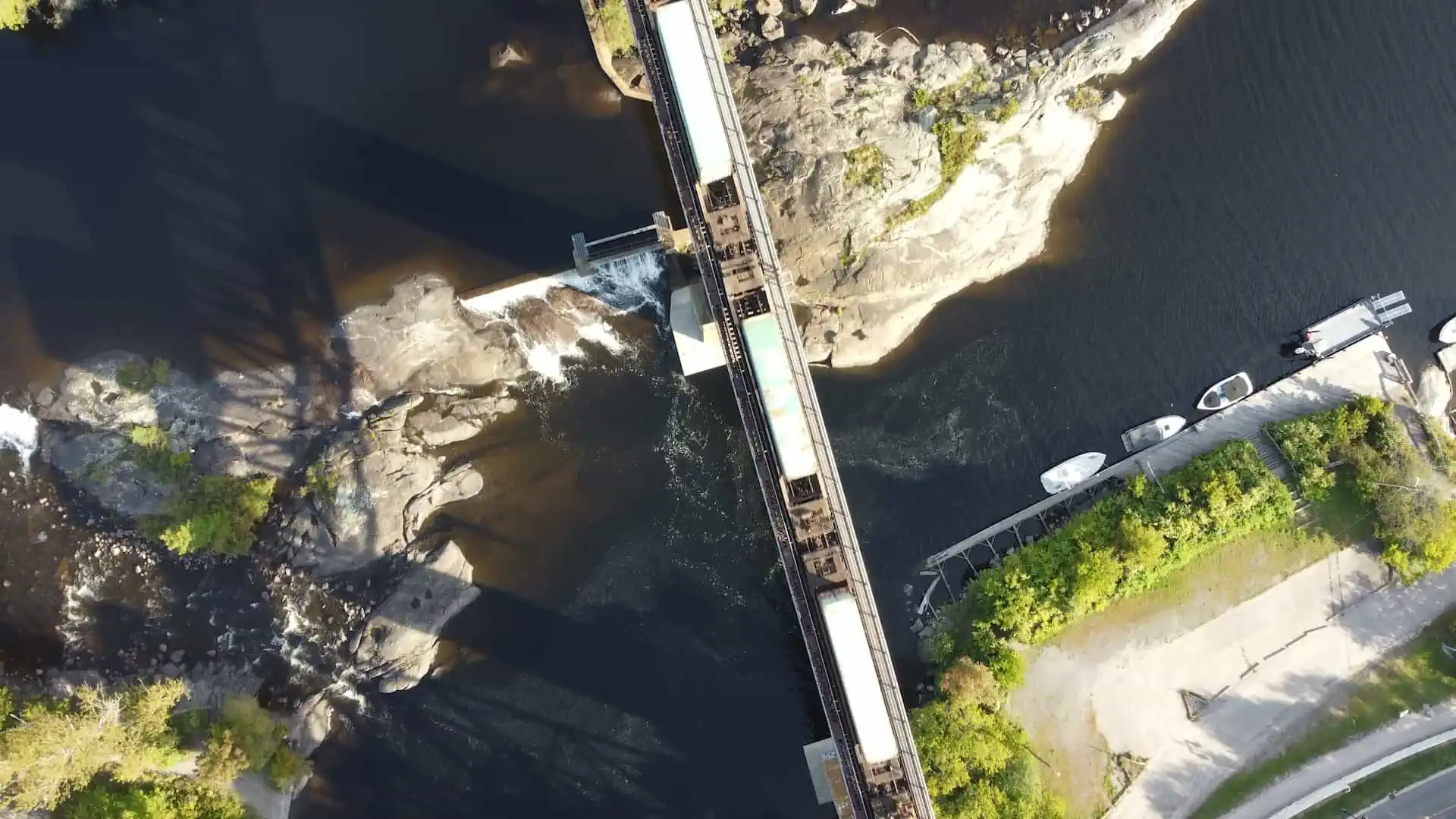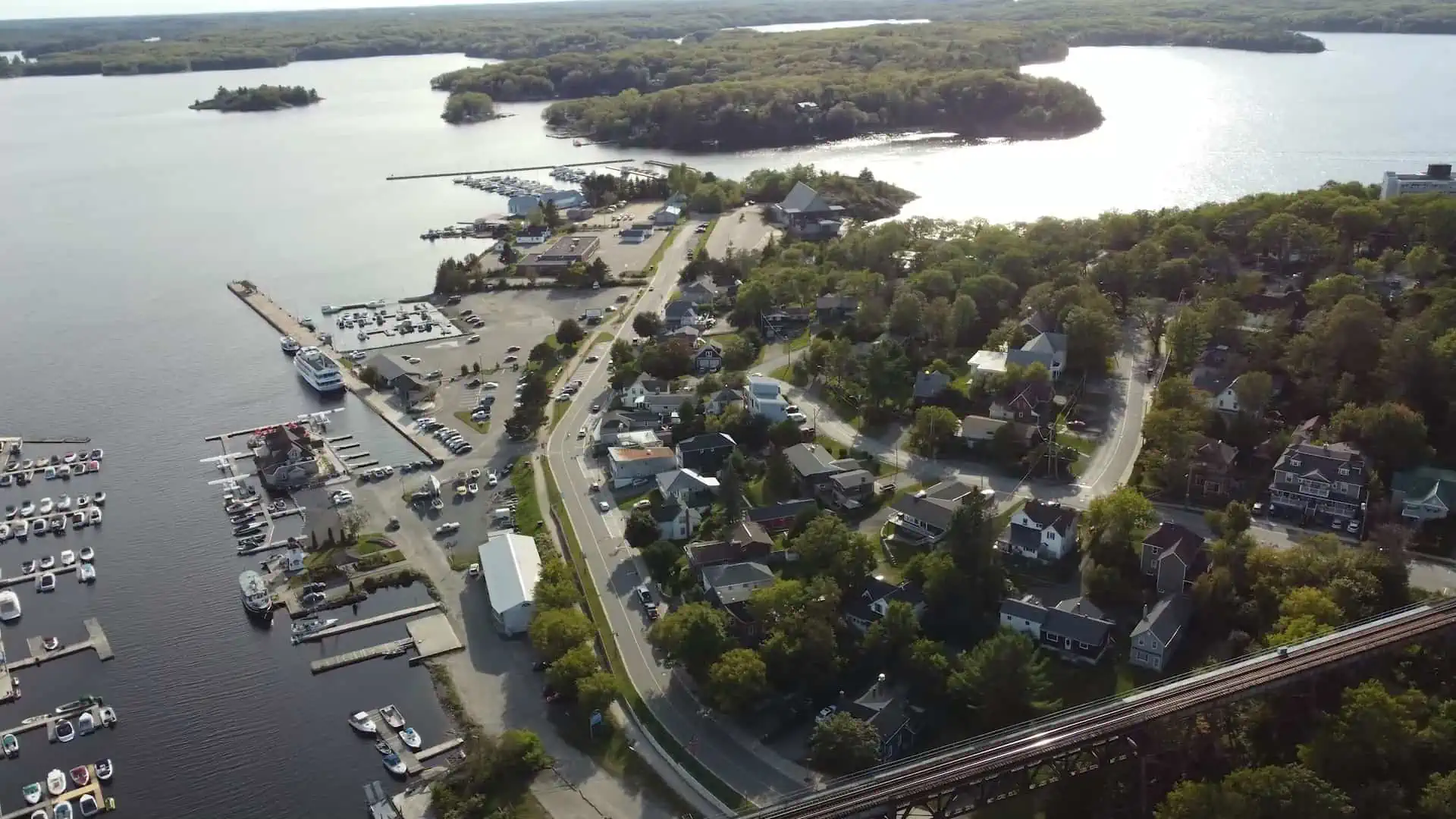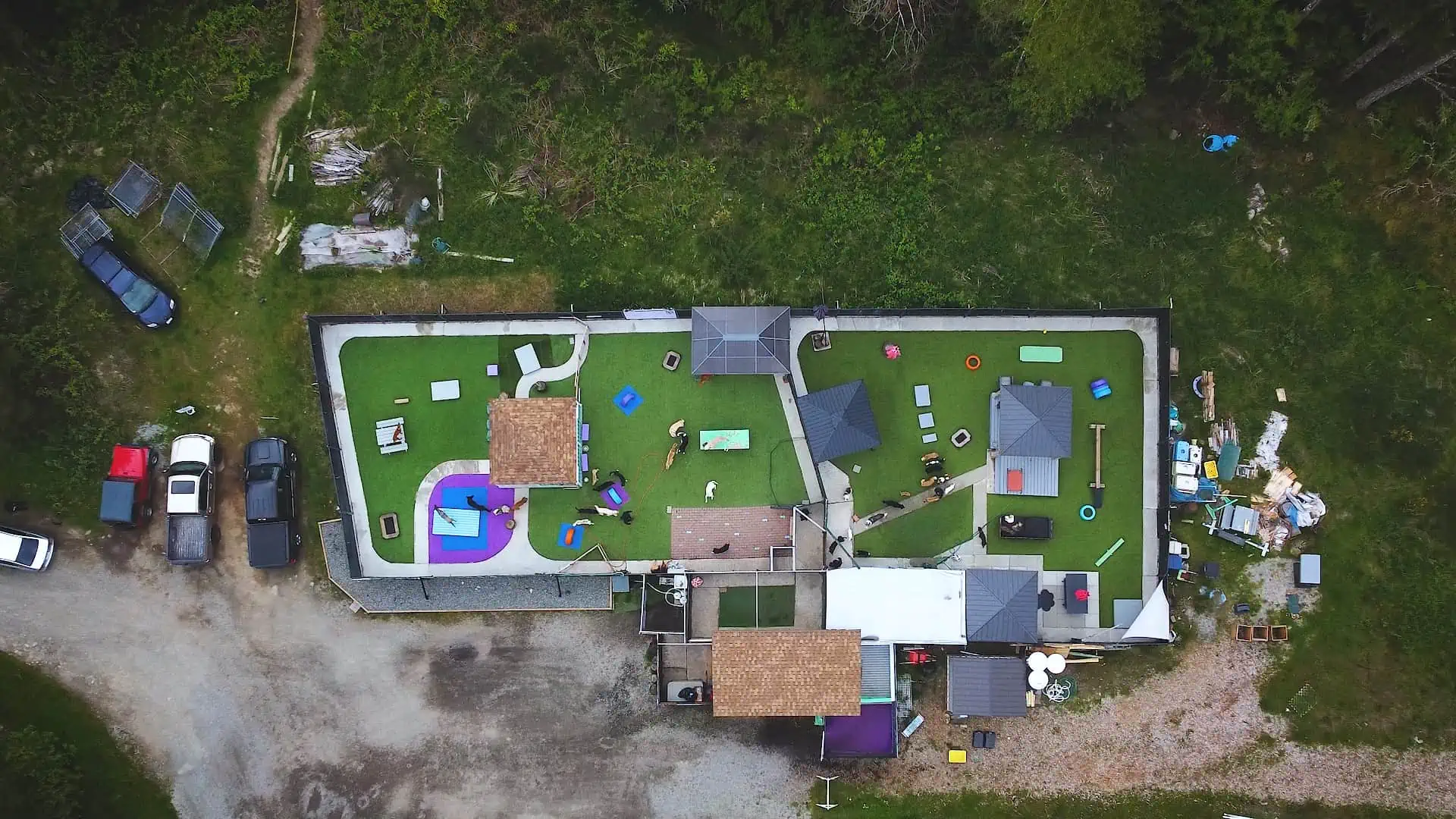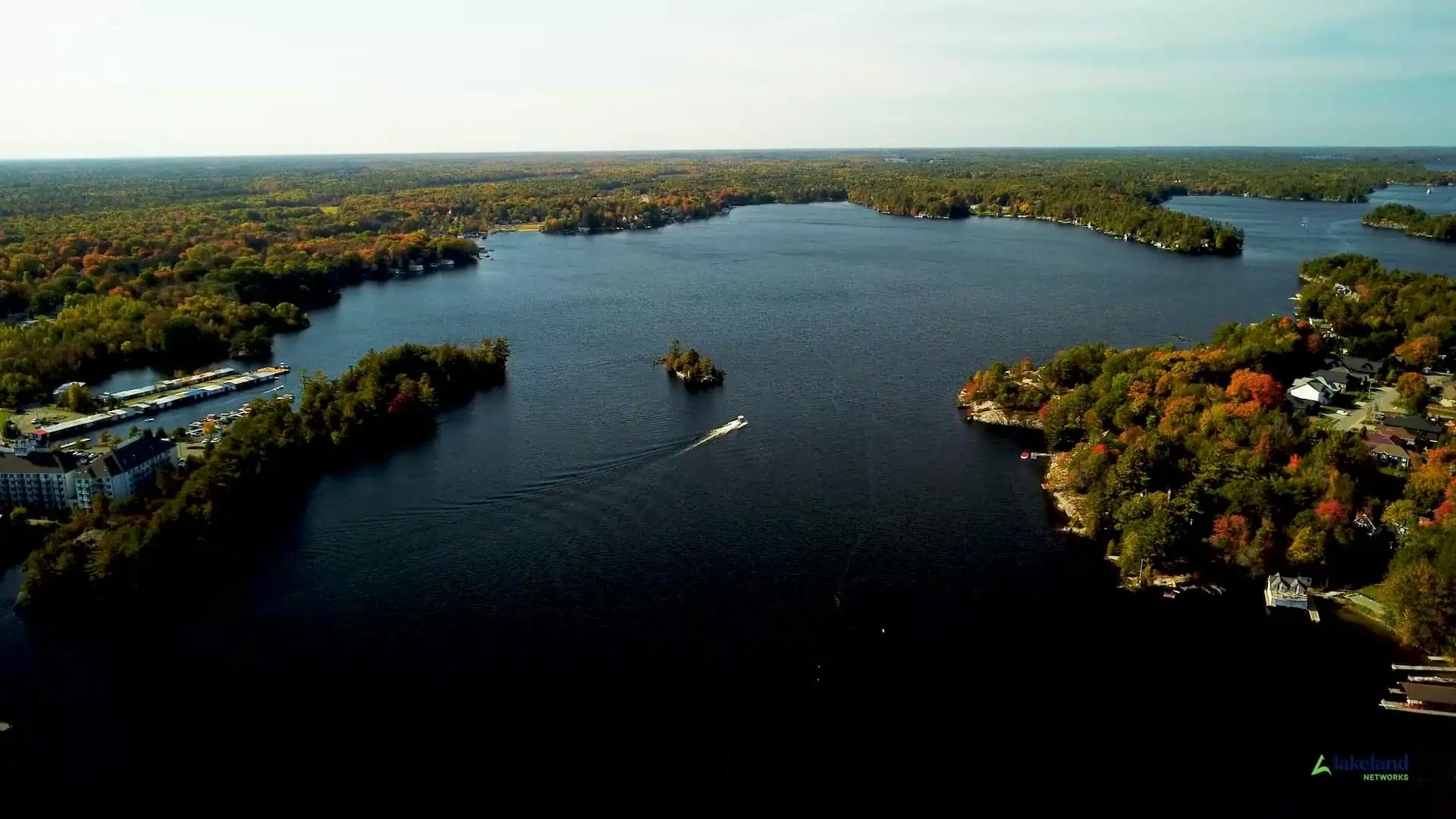Aerial Videography in Canada: Safety, Legal, and Considerations
The advent of aerial videography, primarily facilitated through drone technology, has revolutionized photography and filmmaking, offering unprecedented perspectives and creative potential. However, it also comes with its unique set of safety, legal, and ethical considerations. This is especially true in Canada, where the Canadian Aviation Regulations (CARs) specify stringent rules for drone operations.
Safety Considerations
Firstly, safety is paramount when operating a drone for aerial videography. According to Transport Canada (2021), operators must always have their drones in sight, avoid flying near emergency operations or advertised events, and maintain a safe distance from bystanders, at least 30 meters horizontally. Further, operators must avoid flying higher than 122 meters (400 feet) above ground level, unless they have special authorization^1.
Legal Considerations
On the legal front, Canadian laws regarding drone operations are detailed and clear. As of June 1, 2019, all drone pilots in Canada must pass an online exam and get a drone pilot certificate. Moreover, drones that weigh between 250 grams and 25 kilograms must be registered with Transport Canada (Transport Canada, 2019)^2. These laws are intended to ensure that drone pilots understand the airspace rules, their drone’s capabilities and limitations, and how to deal with emergencies.
Other Considerations
Apart from safety and legal aspects, there are other considerations for aerial videography. Privacy is one significant concern. In Canada, the Personal Information Protection and Electronic Documents Act (PIPEDA) governs privacy rights. Drone operators must ensure they do not infringe upon individuals’ privacy rights when filming from the air. Intrusive filming may result in legal action under privacy laws (Office of the Privacy Commissioner of Canada, 2021)^3.
Additionally, drone operators should be mindful of the environmental impact. Drones can disrupt wildlife, particularly birds, leading to unnecessary stress or changes in behavior. It is, therefore, necessary to avoid sensitive habitats and follow guidelines provided by local wildlife authorities.




In conclusion, aerial videography in Canada, though an exciting prospect, necessitates a comprehensive understanding of safety, legal, and ethical considerations. Adherence to these guidelines not only facilitates a safe and respectful drone flying environment but also ensures the sustainable development of this burgeoning field.
^1 Transport Canada. (2021). Drone safety rules in Canada: Flying your drone safely and legally. Government of Canada.
^2 Transport Canada. (2019). New rules for drones in Canada. Government of Canada.
^3 Office of the Privacy Commissioner of Canada. (2021). Drones and privacy. Government of Canada.